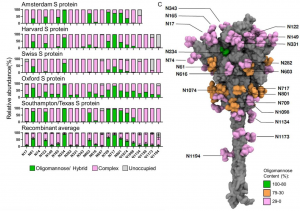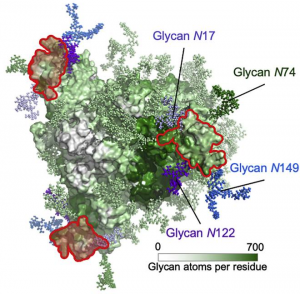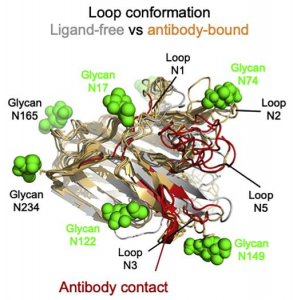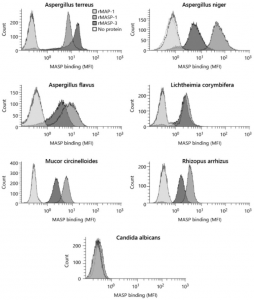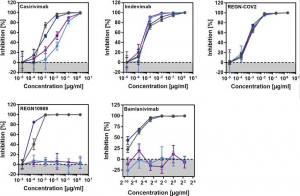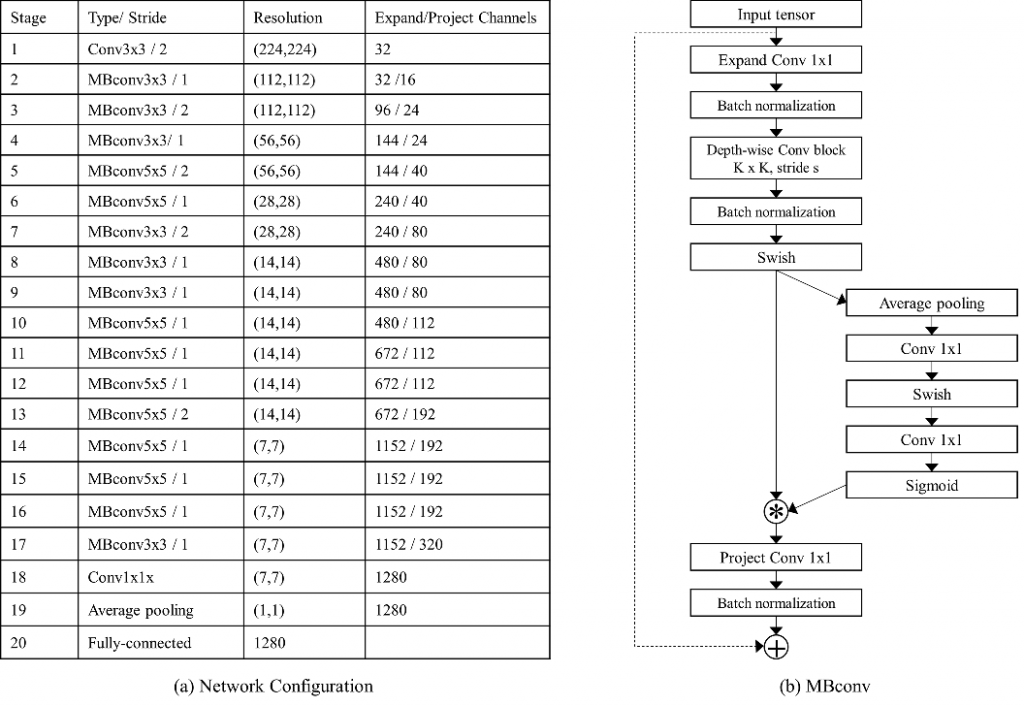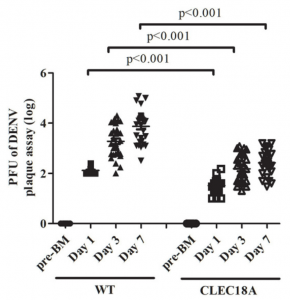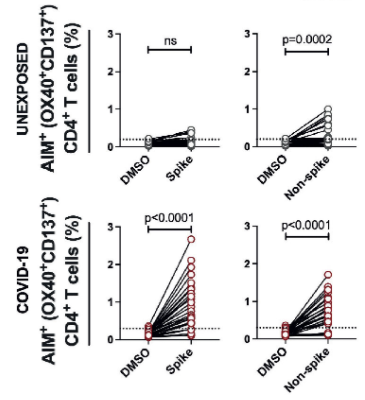Seroprevalence of anti-SARS-CoV-2 IgG antibodies in COVID-19 patients
A group from Juntendo University Faculty of Medicine has reported seroprevalence of IgG and IgM antibodies in COVID-19 patients, although the cohort size was small including only 34 patients.
https://www.ncbi.nlm.nih.gov/pmc/articles/PMC8023454/
Using a chemiluminescent microparticle immunoassay (CMIA)-based SARS-CoV-2 IgG test (cat. # 06R90, Abbott),
Severe/Critical cases:within a week after symptom onset=40%、1~2 weeks=88%、after two weeks=100%,
Mild/Moderate cases:within a week after symptom onset=0%、1~2 weeks=38%、after two weeks=100%.
Using an IC IgG antibody assay using the Anti-SARS-CoV-2 Rapid Test (cat. # RTA0203, AutoBio),
Severe/Critical cases:within a week after symptom onset=60%、1~2 weeks=63%、after two weeks=100%,
Mild/Moderate cases:within a week after symptom onset=17%、1~2 weeks=63%、after two weeks=100%.
In this study, IgG titers remained at significantly elevated levels for 2 months, regardless of disease severity. These results indicate that IgG serologic tests could be used as a complementary test to PCR to diagnose COVID-19 from 14 days after symptom onset. However, since this cohort is so small without including asymptomatic individuals, a larger scale cohort is needed to conclude final answer.

